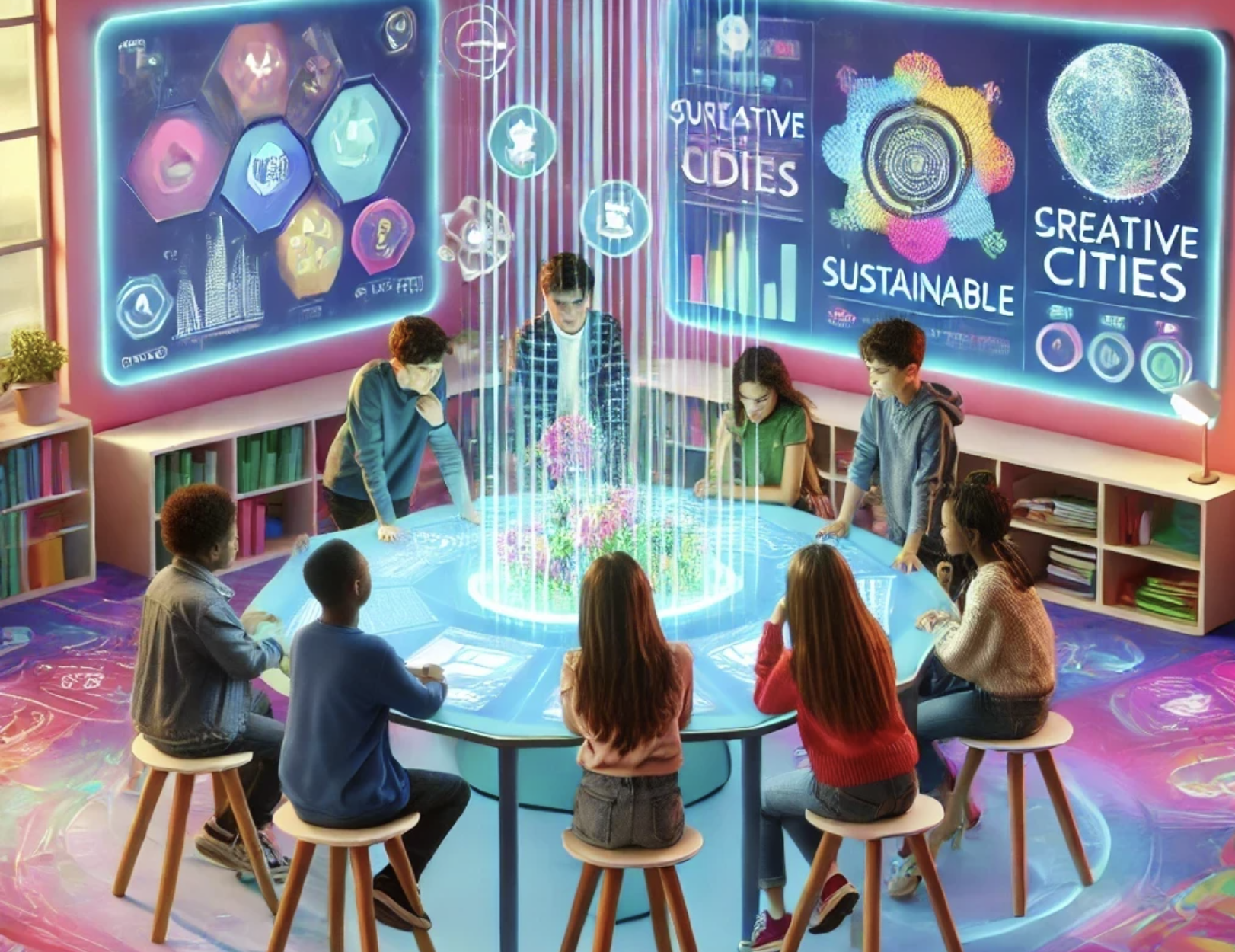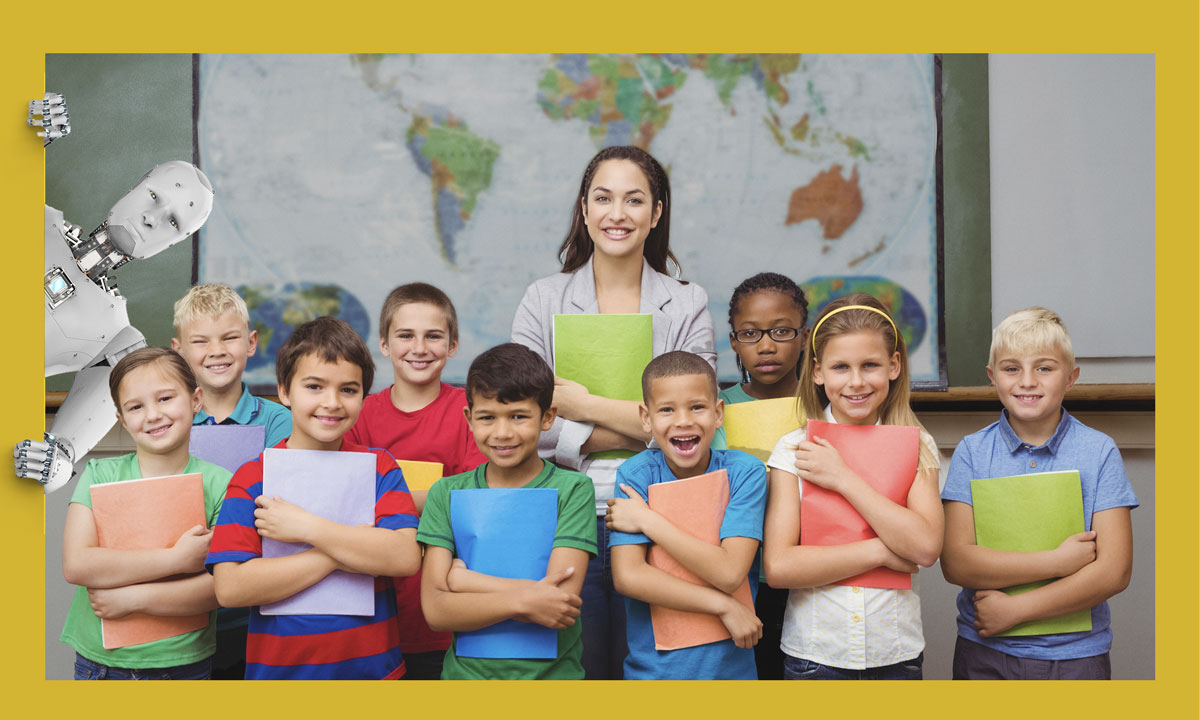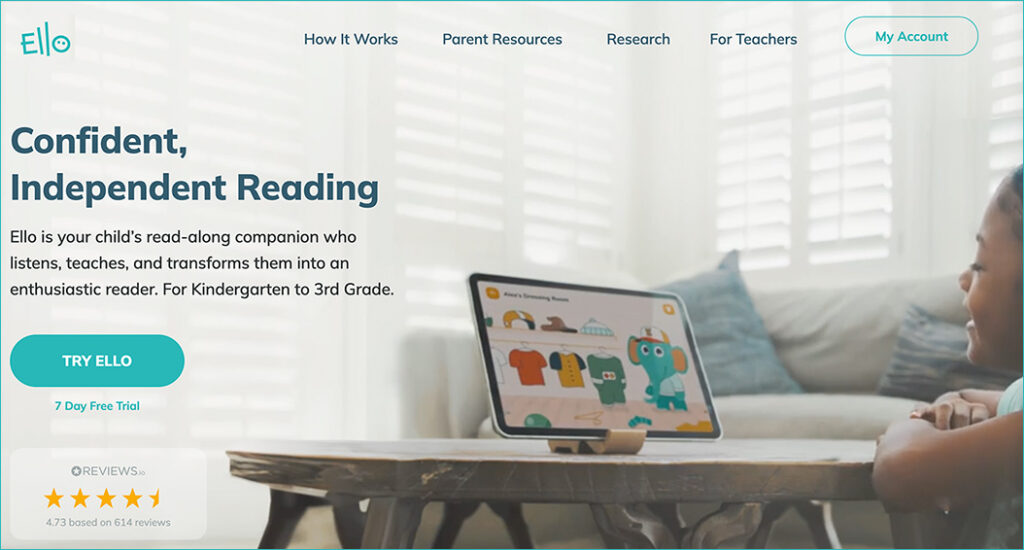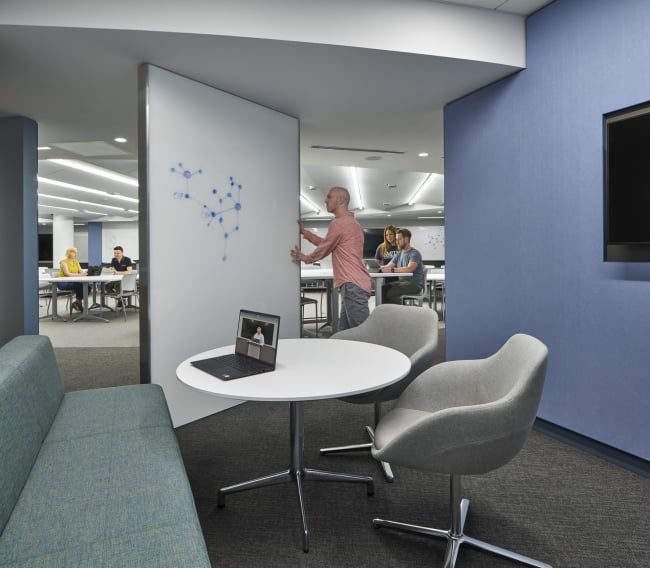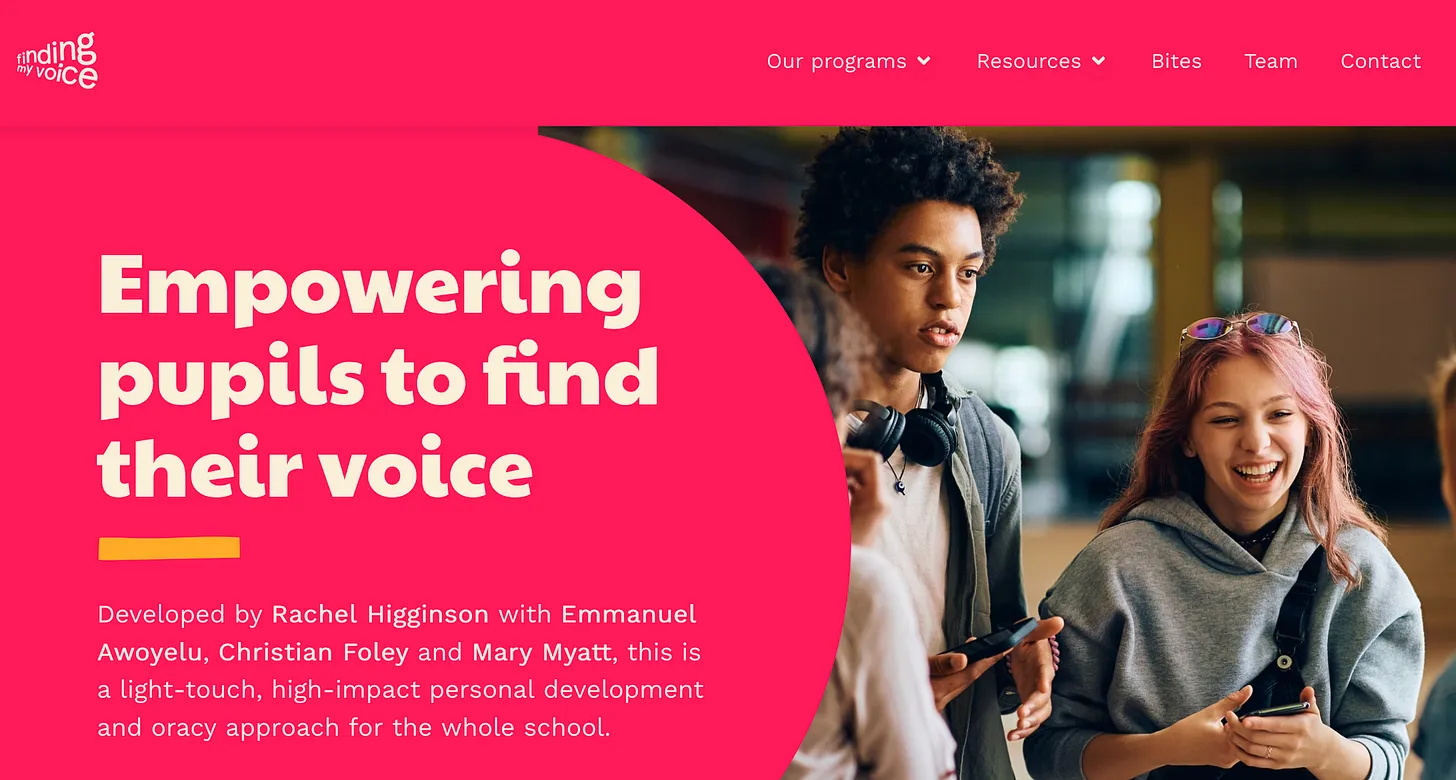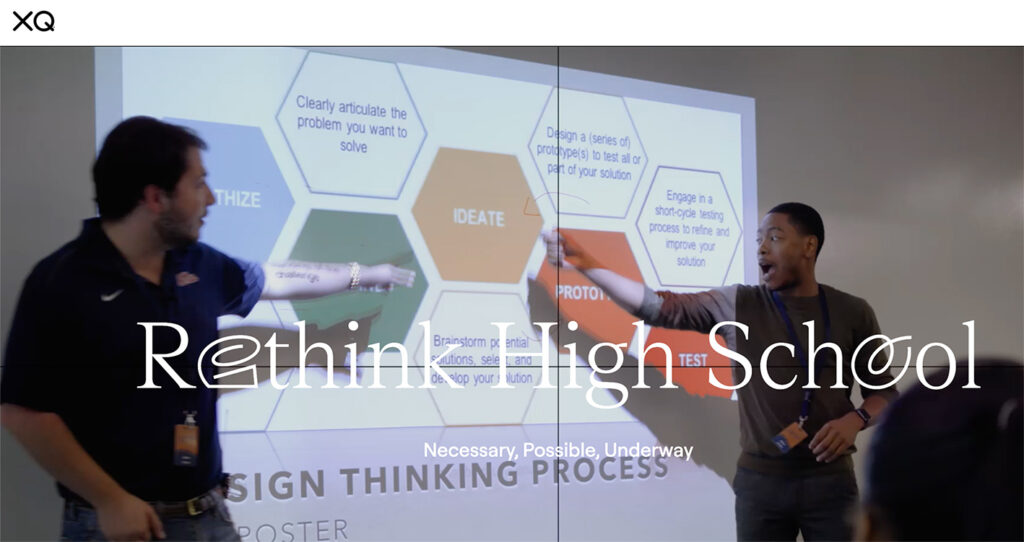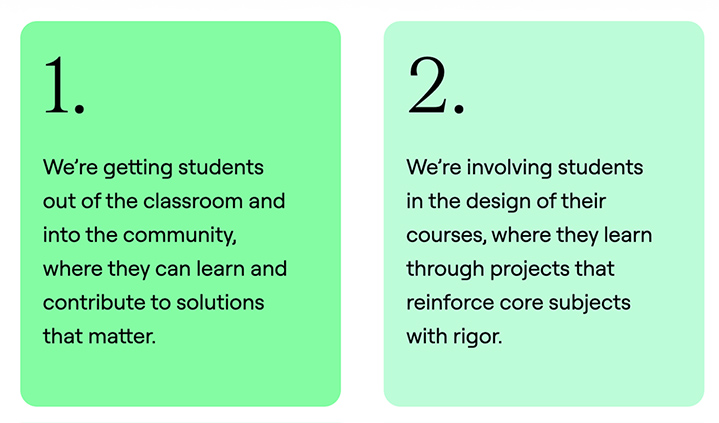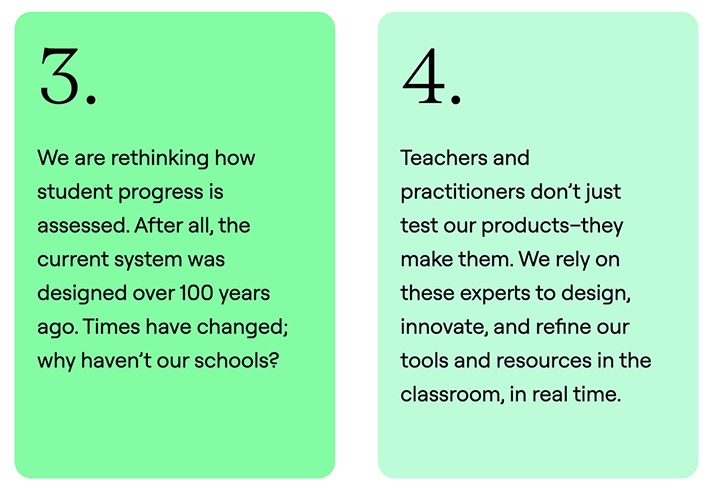FlexOS’ Stay Ahead Edition #43 — from flexos.work
People started discussing what they could do with Notebook LM after Google launched the audio overview, where you can listen to 2 hosts talking in-depth about the documents you upload. Here are what it can do:
- Summarization: Automatically generate summaries of uploaded documents, highlighting key topics and suggesting relevant questions.
- Question Answering: Users can ask NotebookLM questions about their uploaded documents, and answers will be provided based on the information contained within them.
- Idea Generation: NotebookLM can assist with brainstorming and developing new ideas.
- Source Grounding: A big plus against AI chatbot hallucination, NotebookLM allows users to ground the responses in specific documents they choose.
- …plus several other items
The posting also lists several ideas to try with NotebookLM such as:
Idea 2: Study Companion
- Upload all your course materials and ask NotebookLM to turn them into Question-and-Answer format, a glossary, or a study guide.
- Get a breakdown of the course materials to understand them better.
Google’s NotebookLM: A Game-Changer for Education and Beyond — from ai-supremacy.com by Michael Spencer and Nick Potkalitsky
AI Tools: Breaking down Google’s latest AI tool and its implications for education.
“Google’s AI note-taking app NotebookLM can now explain complex topics to you out loud”
With more immersive text-to-video and audio products soon available and the rise of apps like Suno AI, how we “experience” Generative AI is also changing from a chatbot of 2 years ago, to a more multi-modal educational journey. The AI tools on the research and curation side are also starting to reflect these advancements.
Meet Google NotebookLM: 10 things to know for educators — from ditchthattextbook.com by Matt Miller
1. Upload a variety of sources for NotebookLM to use.
You can use …
- websites
- PDF files
- links to websites
- any text you’ve copied
- Google Docs and Slides
- even Markdown
You can’t link it to YouTube videos, but you can copy/paste the transcript (and maybe type a little context about the YouTube video before pasting the transcript).
2. Ask it to create resources.
3. Create an audio summary.
4. Chat with your sources.
5. Save (almost) everything.
NotebookLM summarizes my dissertation — from darcynorman.net by D’Arcy Norman, PhD
I finally tried out Google’s newly-announced NotebookLM generative AI application. It provides a set of LLM-powered tools to summarize documents. I fed it my dissertation, and am surprised at how useful the output would be.
The most impressive tool creates a podcast episode, complete with dual hosts in conversation about the document. First – these are AI-generated hosts. Synthetic voices, speaking for synthetic hosts. And holy moly is it effective. Second – although I’d initially thought the conversational summary would be a dumb gimmick, it is surprisingly powerful.
4 Tips for Designing AI-Resistant Assessments — from techlearning.com by Steve Baule and Erin Carter
As AI continues to evolve, instructors must modify their approach by designing meaningful, rigorous assessments.
As instructors work through revising assessments to be resistant to generation by AI tools with little student input, they should consider the following principles:
- Incorporate personal experiences and local content into assignments
- Ask students for multi-modal deliverables
- Assess the developmental benchmarks for assignments and transition assignments further up Bloom’s Taxonomy
- Consider real-time and oral assignments
Google CEO Sundar Pichai announces $120M fund for global AI education — from techcrunch.com by Anthony Ha
He added that he wants to avoid a global “AI divide” and that Google is creating a $120 million Global AI Opportunity Fund through which it will “make AI education and training available in communities around the world” in partnership with local nonprofits and NGOs.
Educators discuss the state of creativity in an AI world — from gettingsmart.com by Joe & Kristin Merrill, LaKeshia Brooks, Dominique’ Harbour, Erika Sandstrom
Key Points
- AI allows for a more personalized learning experience, enabling students to explore creative ideas without traditional classroom limitations.
- The focus of technology integration should be on how the tool is used within lessons, not just the tool itself
Addendum on 9/27/24:
Google’s NotebookLM enhances AI note-taking with YouTube, audio file sources, sharable audio discussions — from techcrunch.com by Jagmeet Singh
Google on Thursday announced new updates to its AI note-taking and research assistant, NotebookLM, allowing users to get summaries of YouTube videos and audio files and even create sharable AI-generated audio discussions…
NotebookLM adds audio and YouTube support, plus easier sharing of Audio Overviews — from blog.google









